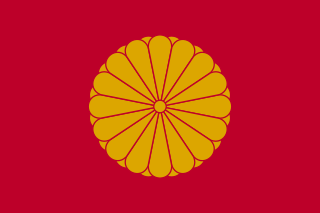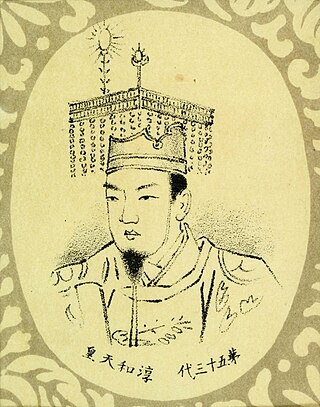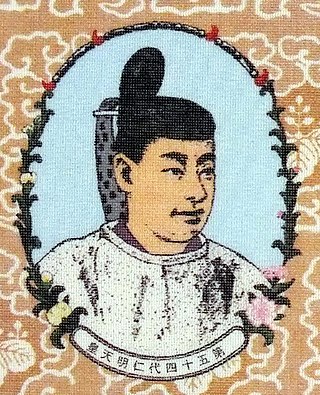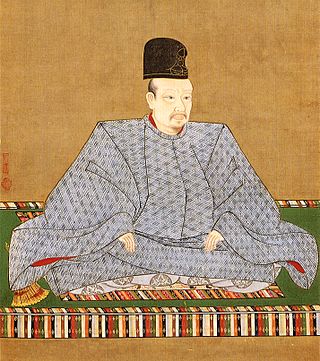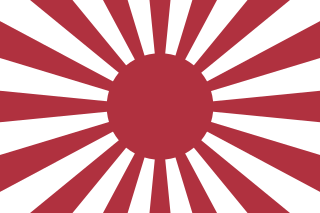This is a list of states in the Holy Roman Empire beginning with the letter D:
| Name | Type | Imperial circle | Imperial diet | History |
|---|---|---|---|---|
| | Lordship | Upp Rhen | n/a | 802: To the Archbishopric of Trier 1270: To Dagstuhl as fief of Trier 1375: Extinct; to Fleckenstein, Kriechingen, Rollingen and Brücken 1616-25: Acquired by Sötern piecemeal 1662: To Oettingen-Baldern 1793: To France 1815: To Prussia |
| | County | n/a | n/a | 1153: First mentioned; branch of Salzwedel 1303: Sold to Lüneburg 1311: Extinct |
| | Imperial City | n/a | n/a | 1263: Acquired autonomy 1301: To Denmark 1308: To the Teutonic Order 1457: To Poland with high autonomy 1793: To Prussia 1807: Free City of Danzig 1813: To Prussia |
| | Lordship | n/a | n/a | 1075: First mentioned 1163: Extinct; former servant Richard assumed the name and rights 1250: Acquired part of Oberstein; renamed to Daun-Oberstein |
| | County | Low Rhen | WE | 1518: Renamed from Daun-Oberstein 1546: Partitioned into Daun-Falkenstein and Daun-Oberstein 1667: Sold Falkenstein to Lorraine 1682: Extinct; to Leiningen-Heidesheim |
| | Lordship 1518: County | Low Rhen | WE | 1250: Renamed from Daun 1163: Extinct; former servant Richard assumed the name and rights 1250: Acquired part of Oberstein; renamed to Daun-Oberstein 1518: Acquired Falkenstein; HRE Count; Renamed to Daun-Falkenstein 1546: Partitioned from Daun-Falkenstein 1636: Extinct; to Daun-Falkenstein 1682: To Leiningen-Heidesheim 1766: To Limburg-Styrum-Styrum 1771: Idarbann to Baden 1794: To France 1815: To Prussia 1817: Attached to the Principality of Birkenfeld |
| | County | n/a | n/a | 1016: Albon first mentioned 1030: Acquired half of Viennois By 1293: Became known as the Dauphiné of Viennois 1349: Sold to France 1355: Extinct |
| | Lordship 1465: Barony | Bav | SC | 1189: First mentioned 1303: Acquired Weißenstein 1438: Partitioned into Degenberg-Degenberg and Degenberg-Weißenstein 1454: Reunited by Degenberg-Degenberg 1465: HRE Baron 1487: Imperial immediacy 1511: Acquired Hals 1602: Extinct; succession disputed 1607: To Bavaria; Seat in Imperial Diet and Bavarian Circle revoked |
| | Lordship | n/a | n/a | 1438: Partitioned from Degenberg 1454: Renamed to Degenberg |
| | Lordship | n/a | n/a | 1438: Partitioned from Degenberg 1454: Extinct; to Degenberg-Degenberg |
| | County | Low Rhen | WE | 1254: First mentioned; to Oldenburg 1281: To Oldenburg-Delmenhorst 1414: To Archbishopric of Bremen 1438: To Oldenburg 1463: To Oldenburg-Delmenhorst 1464: To Oldenburg 1482: To Bishopric of Münster 1547: To Oldenburg 1577: To Oldenburg-Delmenhorst 1647: To Oldenburg 1667: To Denmark 1711: To Hanover 1731: To Denmark 1773: To Oldenburg |
| | Wildgraviate | n/a | n/a | 1258: Partitioned from the Wildgraviate 1350: Extinct; to Stein |
| | Barony 1524: County | Low Rhen | WE | 1160: First mentioned; fief of Saxony 1285: Acquired Blankena 1291: Imperial immediacy 1441: Acquired Wagenfeld, Bokel and Struten 1482: Claimed title of Count 1510: Partially made fief of Brunswick-Lüneburg 1521: Remaining territory made fief of Hesse 1553: Claimed Bronkhorst 1585: Extinct; to Brunswick-Lüneburg and Hesse-Cassel |
| | County | n/a | n/a | 954: First mentioned; Gau Counts in Traungau c. 1030: Partitioned into Wolfratshausen and itself Advocate (Vogt) of Bishopric of Brixen c. 1130: Acquired Plassenburg 1132: Renamed to Andechs |
| | Abbacy | n/a | n/a | by 1130: Abbey established by Diessen on site of previously destroyed abbey 1132: To Andechs 1248: Made fief of Bavaria 1803: Abbey secularised and suppressed |
| | Imperial City | n/a | n/a | 1178: Made town of Kyburg 1264: To Habsburg 1415: Free Imperial City 1442: To Austria 1460: To the Old Swiss Confederacy as part of Thurgau |
| | County | n/a | n/a | 11th century: Formed in the Niederlahngau from Conradine properties 12th century: Inherited territories in the Wetterau from Nürings 1208: Partitioned into Diez-Diez and Diez-Weilnau 1223: Reunited by Diez-Weilnau 1234: Partitioned into Diez-Diez, Diez-Birstein and Diez-Weilnau 1522: Divided between Eppstein-Königstein and Hesse-Kassel (or Hesse-Cassel) |
| | County | n/a | n/a | 1234: Partitioned from Diez 1322: Extinct; to Diez-Weilnau 1332: Half to Isenburg-Cleberg 1340: Isenburg half to Isenburg-Büdingen 1438: All to Isenburg-Büdingen |
| | County | n/a | n/a | 1208: Partitioned from Diez 1223: Extinct; to Diez-Weilnau 1234: Partitioned from Diez 1388: Extinct; to Nassau-Dillenburg |
| | County | n/a | n/a | 1208: Partitioned from Diez 1223: Renamed to Diez 1234: Partitioned from Diez 1454: Extinct; to Nassau-Dillenburg |
| | Imperial City | Swab | SW | 1351: Free Imperial City 1802: To Bavaria |
| | Abbacy | Swab | SP | 8th Century: Abbey established 9th Century?: Imperial immediacy 11th Century: HRE Prince of the Empire 1395: Co-founded the Grey League 1648: Left the Empire as an ally of Switzerland |
| See: Schwäbisch Wörth | Imperial City | |||
| | Lordship | n/a | n/a | 9th century Originally to Bregenz 1171: To Tübingen 1180: To Montfort 1258: To Montfort-Feldkirch 1375: To Austria 1575: Much to Hohenems 1654: Rest sold to Hohenems; the townsfolk repurchased it for Austria 1771: To Austria 1805: To Bavaria 1814: To Austria |
| | Imperial City | Low Rhen | RH | 1220: Free Imperial City 1803: To Nassau-Orange-Fulda 1806: To Berg 1813: To Prussia |
| | Margraviate | n/a | n/a | Around 970-980 1147: Inherited by the Styrian Otakars 1254: To Hungary 1260: To Bohemia 1278: To Austria By 1482: Integrated into the Duchy of Styria |
| | County | Burg | n/a | 8th century: Originally a gau county 1024: To Bishopric of Utrecht 1528: To the Spanish Netherlands 1581: To United Provinces 1648: Left the Empire as part of the Netherlands |
| | Imperial City | n/a | n/a | 10th century?: Free Imperial City 1290: Annexed to Cleves 1314: To Berg 1392: To Cleves |
| | Imperial City | n/a | n/a | 1000: Free Imperial City 1241: To Jülich |
| | Lordship | n/a | n/a | 10th century 1394: Extinct; to Reifferscheid-Bedburg 1460: To Salm-Reifferscheid 1639: To Salm-Reifferscheid-Dyck 1794: To France 1815: To Prussia |
